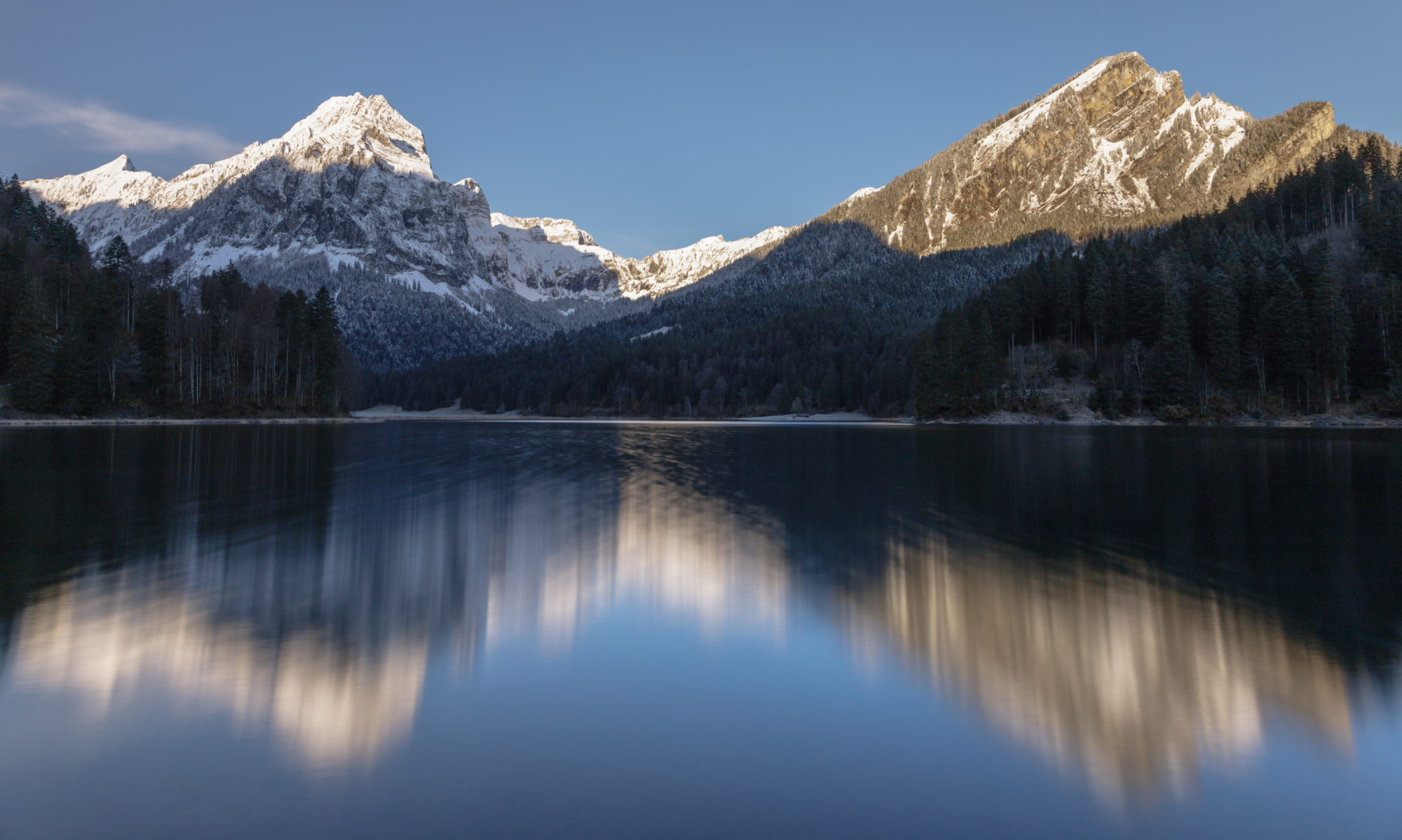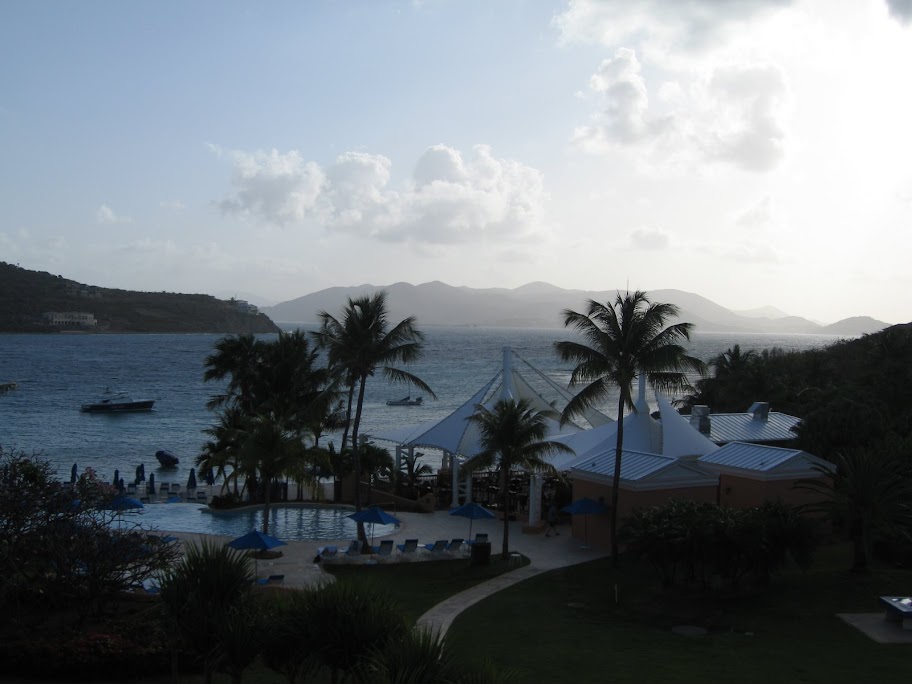I’ve been missing the simplicity of the Redline 9.2.5 that I sold a while back. I rode it as a single speed machine commuting the mile to town when I lived in Putney, VT. It was a great grocery getter, office cruiser, and bike shop errand runner. I’ve been working on my old Trek – attempting to convert it into a winter go every where do everything bike. I’ve never really been happy with the the 520 so I decided to part with the bike – returning it to its orginal configuration with a few upgrades. It is currently posted for sale online. I’m using the proceeds to offset the cost of a simple, utility minded fun bike. I opted for a fixed gear / single speed machine – and unlike the Redline 9.2.5 which was a cheap impulse buy – I’ve thought about the details in how I want this bike to work, look, and feel.
I chose the Surly CrossCheck frame as the platform. I worked with Old Spokes Home here in Burlington to configure and outfit the bike. We set the rear wheel up with a Surly hub that has the Dingle Cog on one side and a single speed freewheel on the other. With the Dingle Cog I have two options to play with as I discover what gear ratios I feel comfortable spinning. The brakes are Cane Creek, front and rear hubs are 32 hole Surly, wheels are handbuilt on Salsa rims, stem, seatpost and pedals pieced together from my parts bin, and the saddle is the Brooks Swallow that moved from the IF when the An-atomica arrived. I’ve got a few more tweaks to work out on the fit – I’m trying to get it as close as I can to my distance machine.
It was COLD at 4 deg F with a windchill of -6, but it felt like -10. The limiting factor to my ride was my toes – I lost feeling in them about half way through.
There is one major rule when riding a fixed gear bike:
Never Stop Pedaling
The rear cog is fixed to the hub – as the cranks move so does the wheel. Unlike a freewheel bike there is no coasting – as the wheel moves the cranks move. This takes a bit of getting used to – and I debated using flat pedals or going clipless. I decided to go clipless to keep my feet firmly attached to my machine. I think this is the right choice for riding fixed – and time will tell as I gain more experience with the bike.
I tooled around the neighborhood until I felt confident and then headed to the lakefront bike path. The path was was packed snow and a bit of ice – I was a bit nervous about the conditions – I rode at a conservative pace – and the knobby cross tires worked well on the crunchy snow. I covered about 10 miles, including the hill I use for climbing repeats. The climb is short and sweet – nothing like the climbs in the Green Mountains – and it tops out at 8 or 9%. Climbing fixed was interesting – there is only 1 gear – so choosing your gear ratio is a compromise based on the terrain you plan to ride in. Too high a gear and you will struggle up climbs – too low a gear and you’ll spin out on the flats and descents. I had the bike set up in a modest gear, and riding fixed I felt better at the top of my training climb than when I hammer at a faster cadence on my geared bike. I certainly climbed slower than usual – but the bike has a ‘flywheel’ effect as the cranks keep on moving around as the bike moves forward. This felt like it gave me a bit more momentum – and I suspect I’ll be able to climb a gear or two higher fixed than on my geared machine.
I really like the way fixed riding feels – my legs moving in time with the bike – and with my limited experience I can see why many FG riders talk about feeling ‘one’ with their machine. I had some challenges moving over some of the rougher snow and ice on the bike path – I had to remember the rule of riding fixed and to keep the pedals moving when standing to float over obstacles! If you forget the bike gives you a reminder. Depending on what speed you are riding the reminder will be gentle or stern – as the wheels are spinning your legs are forced to move in time. This happened to me a few times today – adjusting my glasses, headlamp, and balaclava all found me slipping into autopilot and I stopped pedaling. The bike kicked back – a slightly unnerving event – but something I think will go away with experience. As you are one with the machine I found that you need to adjust riding habits. Reaching for a bottle – keep pedaling. Approaching traffic at an intersection – keep pedaling. Adjusting your jacket or helmet – keep pedaling. This also affects how you mount and dismount and stop for traffic.
The first time I needed to stop and restart was comical. I tried to time a stop at a lightly travelled intersection so that I would float up to the intersection with enough speed to get moving again – but not too much so that if I had to get out I could. As I did this another car entered the equation, and I lurched forward while squeezing the brakes. I did this 2 or 3 more times in about 15 feet as I figured out how to detach my foot from a pedal attached to a rotating crank. After this initial trial I found that getting my first foot out of the pedal was the easy bit – adjusting my speed and timing to remove the second foot was far more challenging. The leg just wanted to keep moving along with the bike – and you need to be moving to avoid falling over – so the timing of where in your pedal stroke you pull out your first foot and its relationship to speed and the location of the second foot seems critical. With time I’m sure this will become second nature – but at first not being able to coast up to a stop as you unclip is a very odd feeling. Getting in and out has me anxious to learn to track stand – I’ve always appreciated the value of it even on a geared bike (although I can’t do it for more than a few seconds unless the road is sloping just the right way) – on a FG it seems it will be easier – and a convenient skill to have for navigating stop and go city riding.
In all my first fixed ride was fun. My speed was way down – and my cadence felt way off – it could be the shorter cranks, the cold, or just getting used to a new bike. The 10 miles felt like 20, but I’m anxious to get back on the bike for another go of it. I’m not sure I’ll be ready for a long ride anytime soon – but I’m planning to ride part of my February century fixed – maybe up to 30 miles depending on which loop I choose – and how I feel tackling more challenging terrain.





















